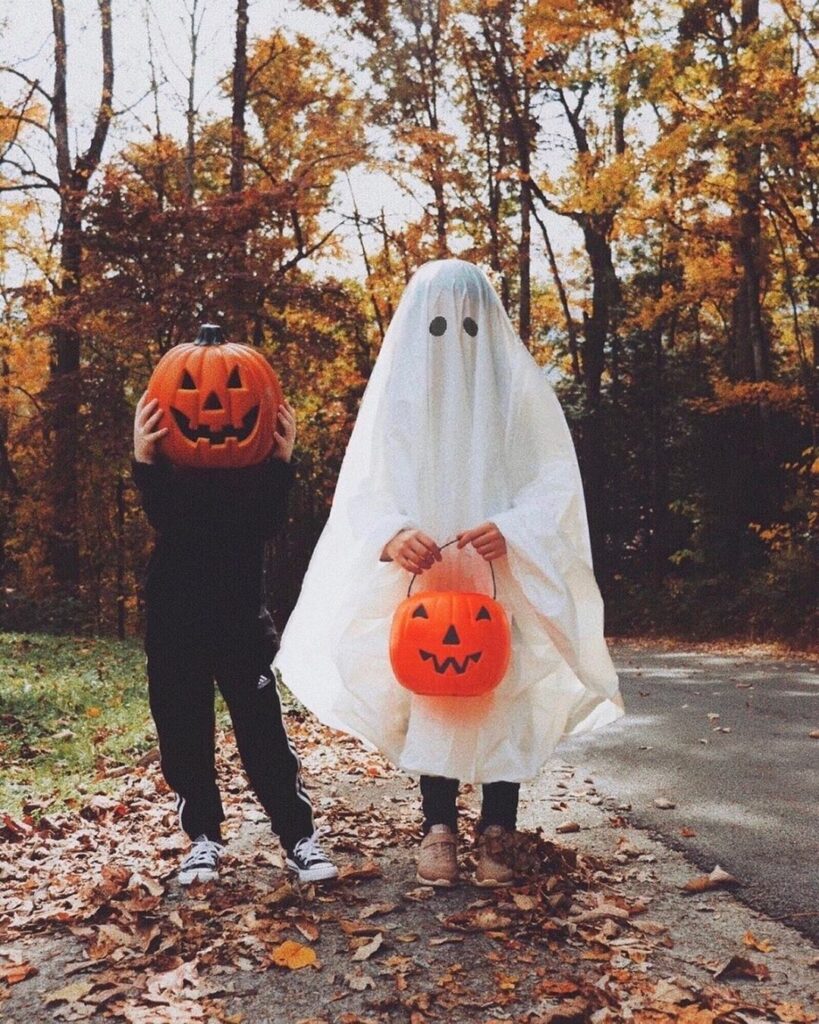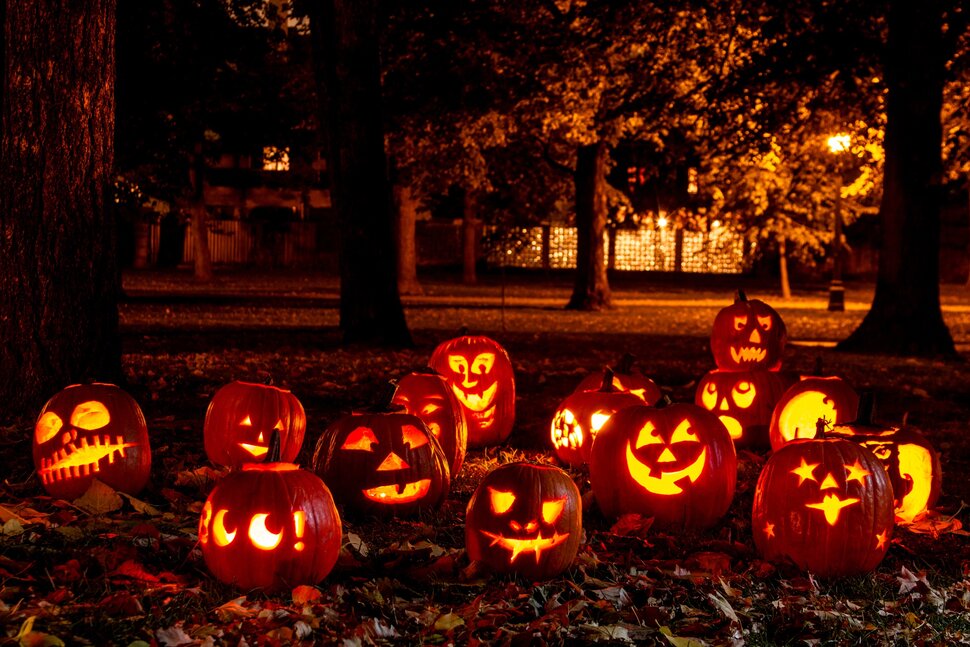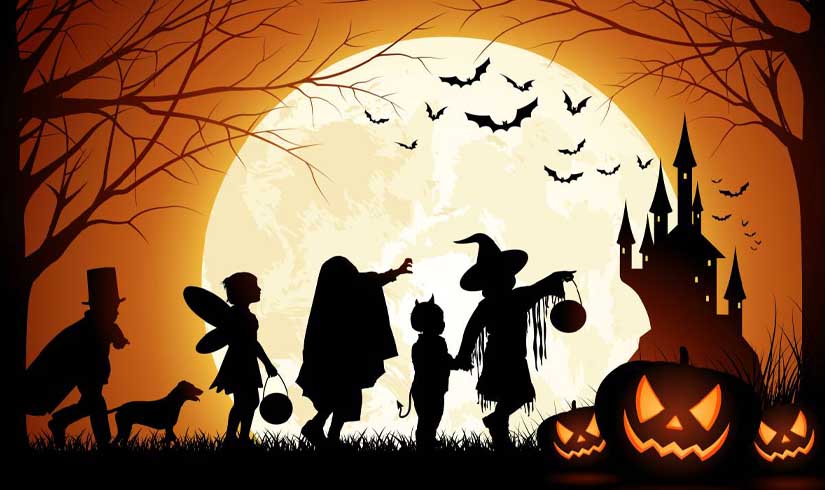Although it is not known exactly when it was first celebrated, it is known that the origin of Halloween dates back to the ancient Celtic Festival known as Samhain. Nor do we know the full scope of Samhain traditions, due to the paucity and extinction of ancient records. However, one thing is certain; this is a harvest festival with a lot of intimacy with the dead. Here are the Halloween origins and the details of how Samhain transforms into Halloween!
History Of Halloween
First Halloween is celebrated by Celts. For our ancient ancestors, the one-month period that began on November 1 was the time when the herds were brought back from the pastures and the winter resources began to gather. In this period it is possible to communicate with the dead. It was believed that in those Samhain days, curtains between the two realms were lifted. And on the last night of Samhain, the souls of the dead can pass into the world of the living. Celts believed that this transitional period was special and supernatural. So, it was necessary to keep away those hopeless, angry and lost souls who could not complete their work in the mortal world.

So Halloween origins was on October 31 and they held the Samhain festival. In this way, they ensured that the next year’s harvest would be productive. Celts did not want the spirits of the dead to come to visit their homes. Hence they lighted fires in front of their homes and wore different masks to avoid being recognized by the spirits.
What Is the Origin of Halloween?
Despite all this, “there is no solid evidence that Samhain was a gathering specifically devoted to the worship of the dead or ancestors.” says Nicholas Rogers, professor of history at York University and author of “Halloween: From Pagan Ritual to Party Night.” In other words, Samhain was a holiday more about celebrating the return of summer to winter than the spirits of the dead.
However, when this Pagan and Shamanic holiday was introduced to Christianity, things changed. Although a direct link between Halloween origins and Samhain has never been found, many experts believe that All Hallows’ Eve, celebrated by Christians on November 1, and Samhain influenced and intertwined over time.
Halloween Trivia
Let’s learn the real stories behind the good old Halloween traditions:
Why Do We Say “Trick or Treat”?
Okay, but, what about this “trick or treat”? The sugar part in this rhyme is a later issue and the joke part is just an empty claim today. But in the old days, it was a serious threat that led to dangerous situations.
Trick or treat meaning started to take shape in the 1800s. In those days the tradition of making jokes on Halloween was firmly established. Among the pranks, the most popular were egg laying in houses, opening the doors of farms, and knocking down cabins outside houses. By the 1930s, the jokes had reached the level of vandalism, and anxious parents put the candy alternative to curb the harmful jokes.

Pumpkin Matter
When we think of Halloween origins, the first thing that comes to mind is pumpkin. But it had to be apples or radishes!
In the first modern examples of the feast, the apple corresponded both to a treat and a trick. All thanks to the game of “catching the apple”. The result of games such as getting an apple from a bucket full of water without using hands or peeling the apples in a single line without breaking the peel was interpreted as prophecies about the future.
Jack O’Lanternd
The tradition of lighting fires to keep spirits away from homes evolved into carving scary faces on pumpkins and putting candles inside. This tradition began in Ireland and Scotland by hollowing out radishes and used as an anti-ghost. According to the myth, the inventor of the tradition was a farmer named Jack, who liked to play games with the devil. Jack was the one who started the tradition of making lanterns by stuffing charcoal into radishes. The first Jack O’Lantern belonged to a Jack!
Halloween emigrated to America in the first half of the 19th century, thanks to the Irish emigrating to America to escape the famine. The radishes could not migrate to America due to famine. So, they were replaced by pumpkins, which grew abundantly in the lands of the new world, that’s all.
From the Celts to the Present

It wasn’t easy to completely abolish such a deep-rooted festival, even for the church. First, Papa Boniface changed the date of Samhain. But there were still fire festivals in October and November – so that didn’t work. Later, Papa Gregory moved Samhain back to its old date, but did a little trick and changed its name. The first of November was no longer Samhain, but “Saints’ Day”. The second of November would be the “Spirit’s Day” and October 31st was the eve of these two holidays, and it was called “All Hallows Eve”! This name would shorten over time and become “Halloween”. Thus, Samhain had to change according to Christian beliefs.
Samhain’s transformation into Halloween and its commercialization coincides with the early 1900s. Postcards and various decorations began to appear before World War I and Halloween costumes made their way into stores in the 1930s. The famous trick-or-treat question became common in the 1950s.
